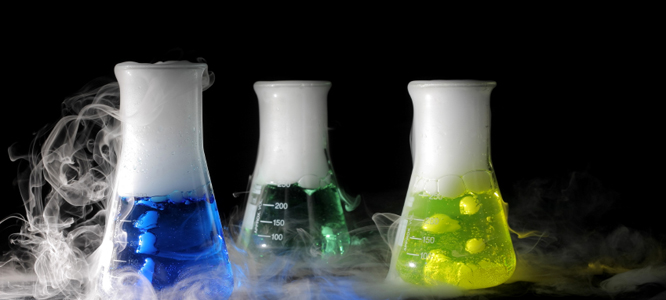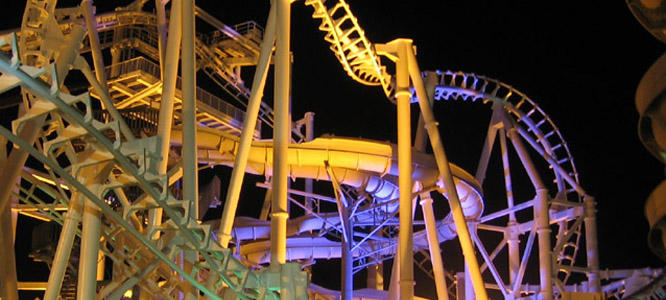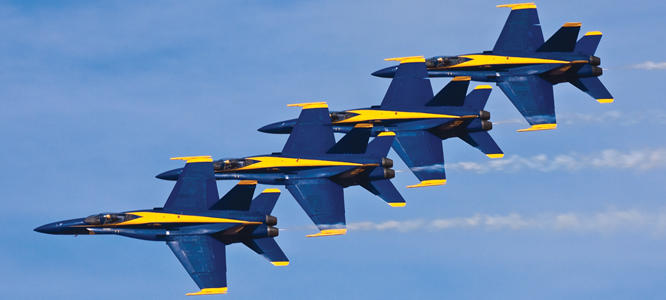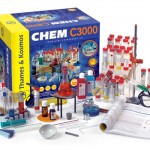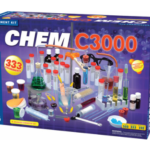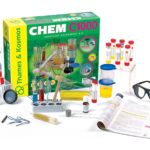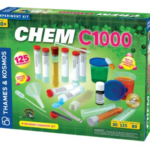This second unit on Chemistry is chocked full of demonstrations and experiments for two big reasons. First, they're fun. But more importantly, the reason we do experiments in chemistry is to hone your observational skills. Chemistry experiments really speak for themselves, much better than I can ever put into words or show you on a video. And I'm going to hit you with a lot of these chemistry demonstrations to help you develop your observing techniques.
There are now TWO versions of the C1000 & C3000.
Please select the version you have so the videos match up.
I created a set of videos to go with the "box of supplies" in the Thames & Kosmos C1000 and C3000. However, T&K recently released v2.0 and changed a lot of what was included in the original set, so now the videos no longer match up.
I've put together a NEW set of videos together that will take you through the new versions of the kit. I hope you enjoy it!
A lot of folks get nervous around chemistry. You can't always 'see' what's going on (are there toxic gases generated from that reaction?), and many people have a certain level of fear around chemicals in general. Many of these fears came about by watching demonstrations where things went awry or hearing about accidents. This kind of exposure to chemistry are the ones forever burned in the memory of the audience, who are now fearful and have made the generalization that chemicals are dangerous and their effects are bad. In fact, every chemical is potentially harmful if not handled properly. That is why I've prepared a special set of chemistry experiments that include step-by-step demonstrations on how to properly handle the chemicals, use them in the experiment, and dispose of them when you're finished.
Chemistry is predictable, just as dropping a ball from a height always hits the floor. Every time you add 1 teaspoon of baking soda to 1 cup of vinegar, you get the same reaction. It doesn't simply stop working one time and explode the next. I'm going to walk you through every step of the way, and leave you to observe the reactions and write down what you notice. At first, it's going to seem like a lot of disjointed ideas floating around, but after awhile, you'll start to see patterns in the way chemicals interact with each other. It's just like anything else that you try for the first time - you're not very good when you're new at it. Keep working at Chemistry and eventually it will click into place. And if there's an experiment you don't want to do, just skip it (or just watch the video).
One of the best things you can do with this unit is to take notes in a journal as you go.
Snap photos of yourself doing the actual experiment and paste them in alongside your drawing of your experimental setup. This is the same way scientists document their own findings, and it's a lot of fun to look back at the splattered pages later on and see how far you've come. I always jot down my questions that didn't get answered with the experiment across the top of the page so I can research it more later. Are you ready to get started?
Materials Needed
The bulk of the materials needed for this unit can be found all in one box. It turns out, however that there are some household items you'll need as you work through this kit which I've itemized on a master kit list here.

